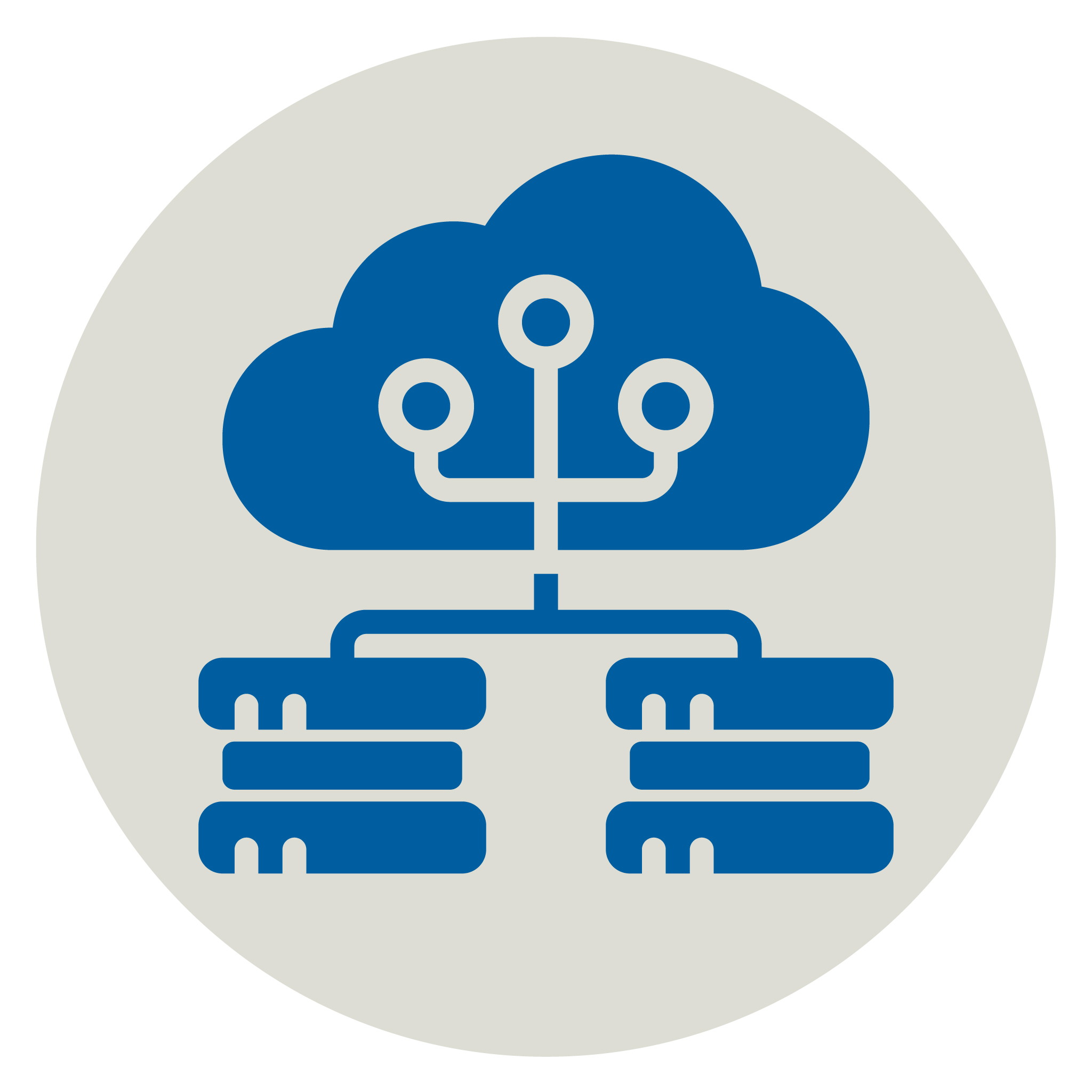Digital transformation is the implementation of using new technologies to improve existing processes or create entirely new ones. Companies are constantly looking for ways to improve their operations and increase productivity — they want to streamline processes, reduce costs, and automate tasks.
Businesses are now moving from a linear model of production to a networked model where information flows freely between employees, suppliers, customers, partners, and other stakeholders. This means that businesses need to rethink their entire value chain.
What is Digital Transformation?
How is digital transformation deployed in businesses?
- Using data analytics to identify problems and opportunities
- Creating better customer experiences
- Improving operational efficiency
- Reducing costs
- Increasing revenue
- Increasing brand awareness
- Improving product quality
What kinds of transformations will we see over the next five years?
1. Business Process Reengineering
2. Internet of Things (IoT)
Nowadays, IoT allows businesses to collect new data and use it to create better products and services. Using IoT, companies can predict future trends and improve existing ones. IoT also helps businesses to create new products and services.
66 percent of executives say that IoT is a strategic necessity for digitally transforming their operations. The overarching reason to adopt IoT is the opportunity this technology offers businesses to collect new and or more data across all operations, including customer data.
3. Cloud Computing
Cloud computing allows companies to outsource IT services to third parties. Instead of having to build and manage their own infrastructure, companies can rent cloud space from providers who offer reliable, scalable, and cost-effective solutions.
4. Video Analytics
Video analytics is using AI technology to analyze or detect patterns in video footage. Video analytics help companies monitor what’s happening in their facilities. The resulting data can provide real-time insights into how things operate.
Video analytics can also help companies identify potential safety issues before they happen. This could save lives by preventing accidents from occurring in the first place.
5. Cybersecurity Analytics
The internet has become a major hub of information for businesses, providing access to customers, partners, competitors, and suppliers. This means that companies must protect their valuable resources from cyber-attacks.
Cybersecurity analytics help companies detect when an attack is occurring and allow them to respond quickly. This prevents breaches from affecting company assets or causing financial losses.
6. Big Data
Big Data is one of the most significant drivers of digital transformation. Companies use big data to improve customer experience, increase operational efficiency, reduce costs, and gain new insights about their markets.

How should companies approach digital transformation?
Digital transformation is not just about new technologies — it’s about changing the way we think and act. It requires a cultural shift within organizations and across industries. Companies must embrace new ways of working, including flexible deployments, remote teams, and automation. They must also rethink processes and systems to ensure they meet customers’ needs.
Why should businesses adopt digital transformation?
If you’re not already working towards digital transformation, then your company is at risk of falling behind and becoming obsolete. The global market for digital transformation is estimated to grow from USD 521.5 billion in 2021 to USD 1247.5 billion by 2026.
Not implementing digital transformation initiatives allows your competitors to gain an edge by using these new technologies to get faster access to markets and wide-reaching customer bases.
In short, digital transformation is one of the most exciting trends in business today. It’s about creating a new experience for consumers and employees alike, and it’s happening across varied industries the world over.















